We here at The Brotographer previously did a review for you strobist photographers of the Paul C Buff Einstein 640ws studio strobe. We think that the review was thorough and complete, however, we failed to elaborate on just how portable the strobe can be. The following is a breakdown of the light and other gear that we use in conjunction with it.
Many strobists choose to invest in speedlights, however, a light like the Einstein is probably 10 times more powerful that a speedlight, and may come in at around the same price. I also used to think that speedlights were more for outdoor use, and studio strobes were meant for just that, the studio. However, with portable battery packs, studio strobes can, in fact, become a portable light. That portable battery pack is where we will start.
VML (Vagabond Mini Lithium)
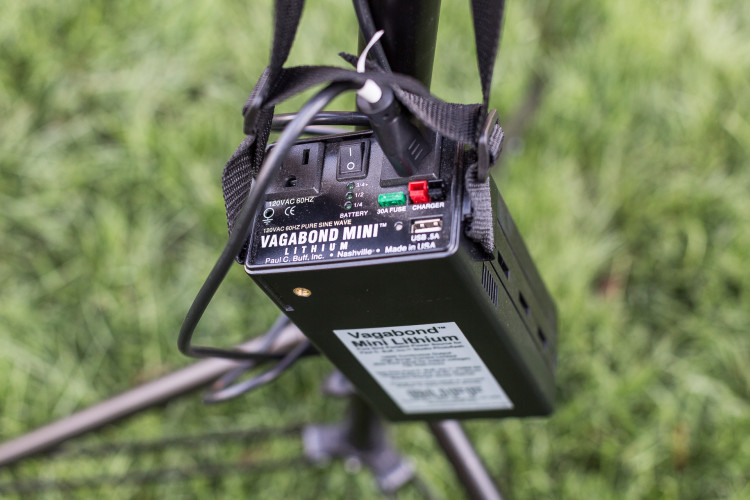
Most of the batter packs out there today are big, heavy, and on the bright side pretty powerful. The VML was and still is an anomaly for a battery pack with its power. It’s essentially a portable studio. It has a lithium ion battery, and charges in about three hours, which is awesome. It weighs only 3.5 pounds. So for many of you, it may weigh less than your camera and lens combination. The VML comes with a clamp to connect to the light stand, but usually I just hang it off of the light stand. I can get several hundred flashes when the Einstein is at full strength (400-500), and significantly more when the power is dialed down. On a full charge, that should be more than enough for an outdoor photo shoot. The Vagabond Mini Lithium runs about $240, and is worth every penny. We own two of them.
Einstein 640
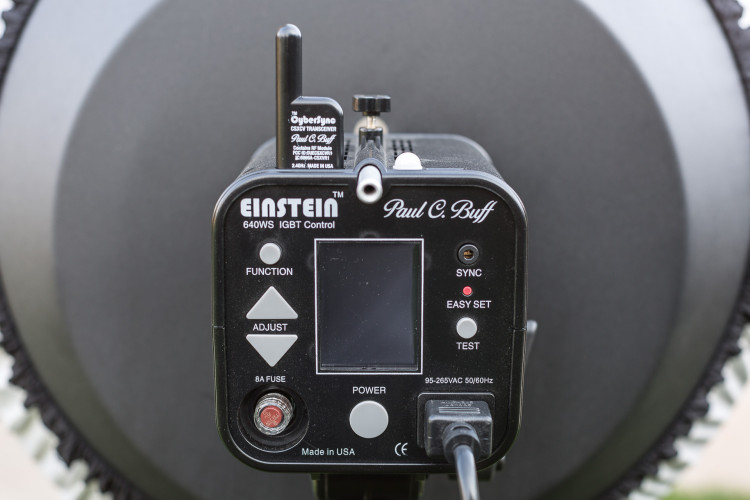
Go check out our review of the Einstein 640 here.
Paul C Buff White High Output Beauty Dish
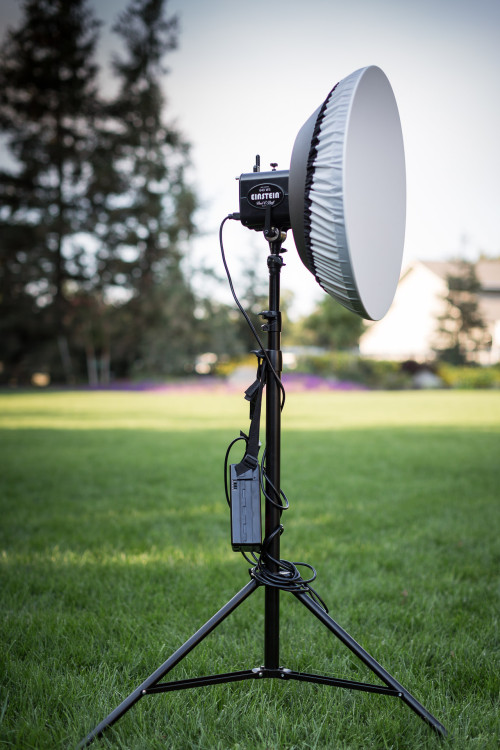
When you’re outdoors on a shoot, wind is pretty much your worst enemy. With pretty much any softbox that connects to the Einstein, you’re going to run into that issue with the wind unless you decide to weight down your setup heavily. The beauty dish comes with a protective sock, which really softens the light. I also picked up a grid when I happened to be in Nashville, to even further restrict the light. The white finish produces a softer light than a silver dish, and it becomes even softer with the sock. The dish comes with a bounce reflector, making it a true beauty dish, reducing the specular highlights on the subject. At $80, it’s quite a deal.
Cyber Commander, CyberSync Trigger Transmitter, and CyberSync Transceiver
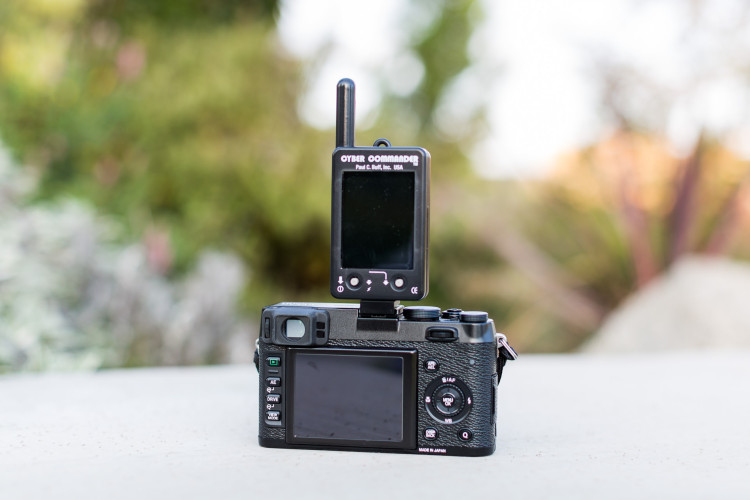
The Cyber Commander is seriously a genius invention. It combines both a transmitter and flash meter in one system. With the Cyber Commander, you can control up to 16 lights on 16 frequencies. Paul C Buff claims to get “interference-free wireless control up to 400 feet”, but I have not tested that. To be perfectly honest, I probably have not unlocked close to the full potential of the Cyber Commander system. I use it to control light, save lighting setups, sync with my camera, iso, and shutter speed, and for many other things. I’ve literally never had it misfire when on my camera, not even once.
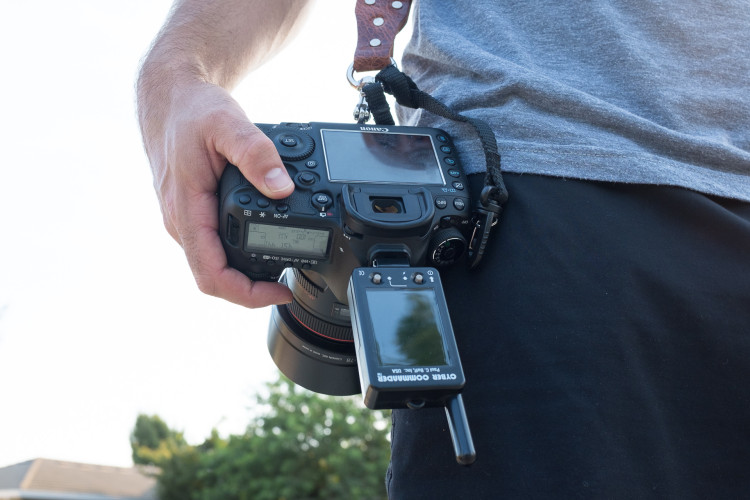
I picked up the CyberSync Trigger Transmitter so that I could have a lower profile trigger on top of my camera, and use the Cyber Commander in my pocket to adjust the Einstein power up and down.
The CyberSync Transceiver is the receiver that goes on top of the Einstein, to receive the transmitted signal from whichever PCB triggering system you choose to use. It works like a charm, and the only downside that I can see to it is that if you aren’t careful, you could break the pins that go inside the Einstein. So just be careful and you’ll be ok. Make sure you have the correct batteries for all of these, because they are a little strange.
Throw these items on any relatively decent light stand, and you’ll be good to go on whatever location shoot you are on. Paul C Buff makes plenty more accessories in addition to the ones mentioned in this post, so feel free to check out their website. Everything is listed below.
All images copyright Ross Thomas Photography | RossThomasPhotography.com
